Politics in India: A Dynamic and Diverse Democracy

India is the world’s largest democracy, with over 950 million eligible voters. The political system of India is a federal parliamentary democratic republic, which means power is divided between the central government and individual states, and leaders are elected by the people.
At the national level, India has a bicameral legislature, consisting of the Lok Sabha (House of the People) and the Rajya Sabha (Council of States). The Prime Minister is the head of government, while the President is the ceremonial head of state.
India’s politics is dominated by several national and regional parties. The Bharatiya Janata Party (BJP) and the Indian National Congress (INC) are the two major national parties. Regional parties like the Trinamool Congress (TMC), DMK, Shiv Sena, and AAP play strong roles in state politics and often influence national decisions.
The Election Commission of India ensures free and fair elections across the country. Voting is done through Electronic Voting Machines (EVMs), and elections are held every five years at both the state and national levels.
In recent years, Indian politics has seen significant changes. Issues like development, national security, corruption, unemployment, and social justice are key points of debate. Social media now plays a huge role in political campaigns, with leaders directly connecting to voters.
Despite challenges such as political polarization and allegations of misuse of power, India’s democratic spirit continues to thrive. Political awareness among youth is growing, and voter participation is increasing with each election.
India’s political journey is a blend of diversity, debates, and democratic values — making it one of the most vibrant political systems in the world.
